Asteroids
Pieces of rock left over from the dawn of the solar system
#Bringing The Universe To The World !

Scattered in orbits around the sun are bits and pieces of rock left over from the dawn of the solar system. Most of these objects, called planetoids or asteroids — meaning "star-like" — orbit between Mars and Jupiter in a grouping known as the Main Asteroid Belt. The Main Asteroid Belt lies more than two-and-a-half times as far as Earth does from the sun. It contains millions of asteroids  Exploration
Exploration
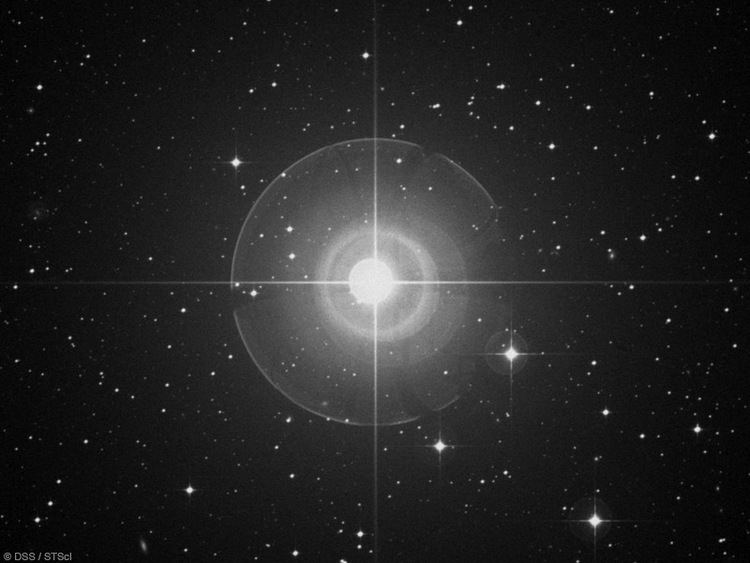 Zeta Leporis
Zeta Leporis
Our solar system isn't the only one to boast an asteroid belt. A cloud of dust around a star known as zeta Leporis looks a lot like a young belt. "Zeta Leporis is a relatively young star — approximately the age of our sun when the Earth was forming, 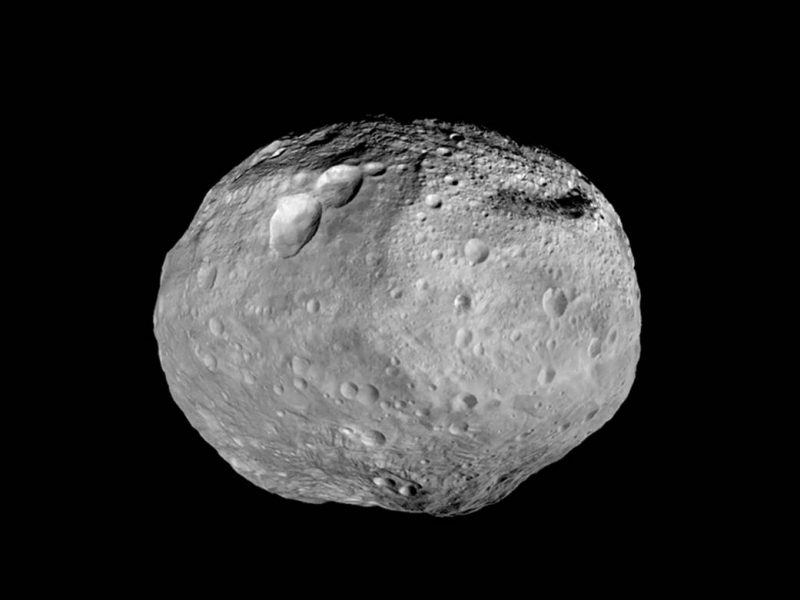 Composition
Composition
Most of the asteroids in the Main Belt are made of rock and stone, but a small portion of them contain iron and nickel metals. The remaining asteroids are made up of a mix of these, along with carbon-rich materials. Some of the more distant asteroids tend to contain more ices. Although they aren't large enough to maintain an atmosphere, but there is evidence that some asteroids contain water.
This means Jupiter spins nearly upright and does not have seasons as extreme as other planets do.  Structure
Structure
Some asteroids are large, solid bodies — there are more than 16 in the belt with a diameter greater than 150 miles (240 km). The largest asteroids, Vesta, Pallas and Hygiea, are 250 miles (400 km) long and bigger. The region also contains the dwarf planet Ceres. At 590 miles (950 km) in diameter, or about a quarter of the size of our moon, Ceres is round yet is considered too small to be a full-fledged planet. However, it makes up approximately a third of the mass of the asteroid belt. [Gallery: Asteroid Pictures] Other asteroids are piles of rubble held together by gravity.
Most asteroids aren't quite massive enough to have achieved a spherical shape and instead are irregular, often resembling a lumpy potato. The asteroid 216 Kleopatra resembles a dog bone. Asteroids are classified into several types based on their chemical composition and their reflectivity, or albedo. 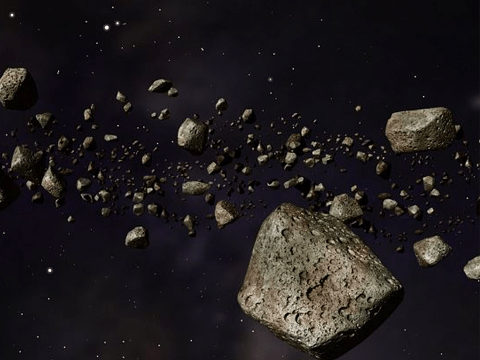 Shapes
Shapes
Asteroids are made up of many Shapes.
1. C-type asteroids make up more than 75 percent of known asteroids. The "C" stands for carbon, and the surfaces of these extremely dark asteroids are almost coal-black. Carbonaceous chondrite meteorites on Earth have a similar composition, and are thought to be pieces smashed off of the larger asteroids. While C-type asteroids dominate in the belt, according to the European Space Agency, they make up only about 40 percent of the asteroids closer to the sun. These include subgroups of B-type, F-type, and G-types.
2. S-type asteroids are the second most common type, making up about 17 percent of known asteroids. They dominate the inner asteroid belt, becoming rarer farther out. They are brighter and have metallic nickel-iron mixed with iron- and magnesium-silicates. The "S" stands for silicaceous.
3. M-type asteroids ("M" for metallic) are the last major type. These asteroids are fairly bright and most of them are composed of pure nickel-iron. They tend to be found in the middle region of the asteroid belt. The remaining rare types of asteroids are A-type, D-type, E-type, P-type, Q-type, and R-type.  Belt
Belt
The Main Belt lies between Mars and Jupiter, roughly two to four times the Earth-sun distance, and spans a region about 140 million miles across. Objects in the belt are divided into eight subgroups named after the main asteroids in each group. These groups are the Hungarias, Floras, Phocaea, Koronis, Eos, Themis, Cybeles and Hildas. 
"Fortunately, the asteroid belt is so huge that, despite its large population of small bodies, the chance of running into one is almost vanishingly small — far less than one in a billion," wrote New Horizons principle investigator Alan Stern.
"If you want to come close enough to an asteroid to make detailed studies of it, you have to aim for one."
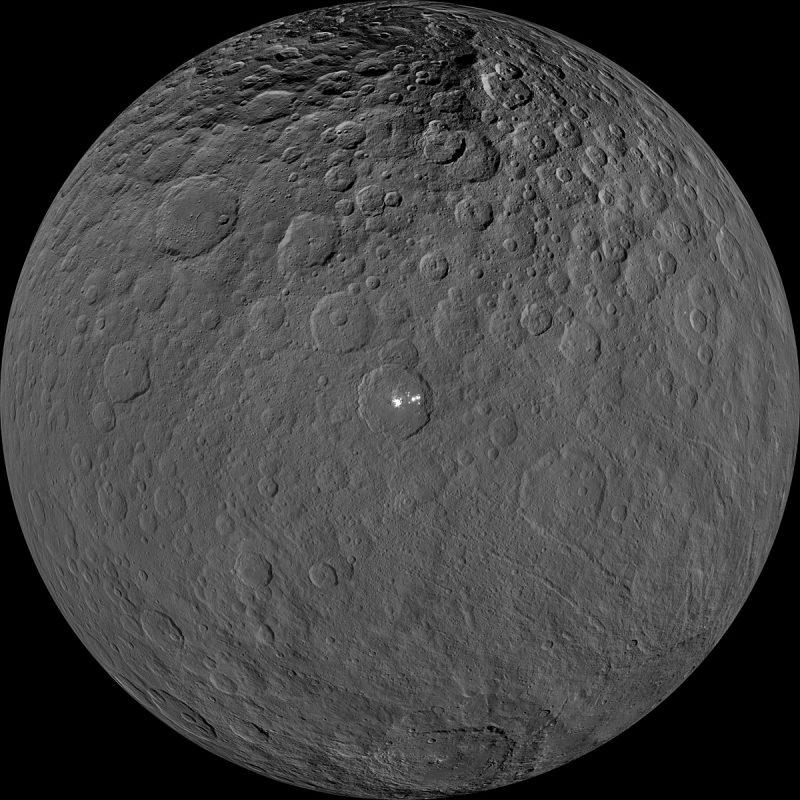
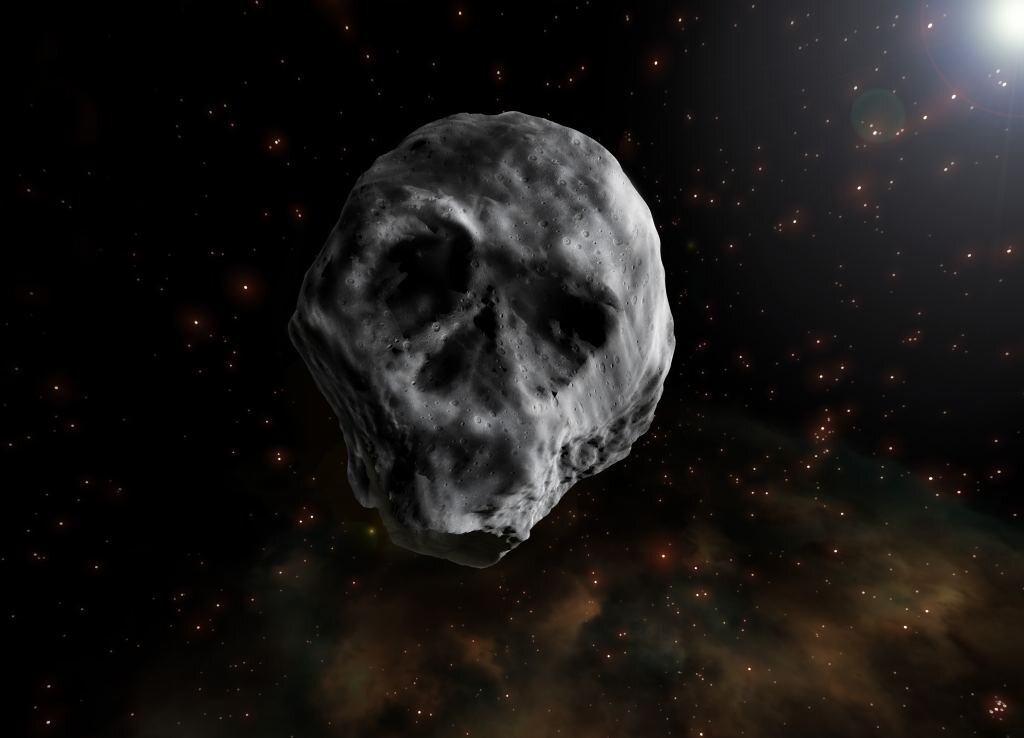

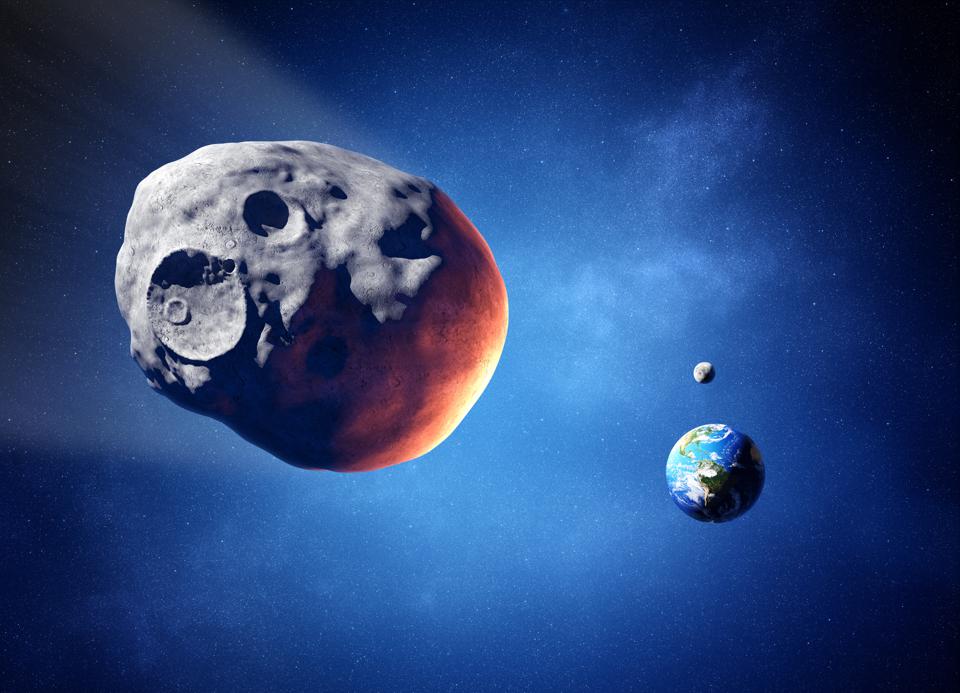

Explore in Silence

Scattered in orbits around the sun are bits and pieces of rock left over from the dawn of the solar system. Most of these objects, called planetoids or asteroids — meaning "star-like" — orbit between Mars and Jupiter in a grouping known as the Main Asteroid Belt. The Main Asteroid Belt lies more than two-and-a-half times as far as Earth does from the sun. It contains millions of asteroids
 Exploration
Exploration Early in the life of the solar system, dust and rock circling the sun were pulled together by gravity into planets. But not all of the ingredients created new worlds. A region between Mars and Jupiter became the asteroid belt.
According to a developing theory known as Grand Tack, in the first 5 million years of the solar system, Jupiter and Saturn are thought to have moved inward toward the sun before changing direction and heading back to the outer solar system. Along the way, they would have scattered the original asteroid belt before them, then sent material flying back to refill it.
 Zeta Leporis
Zeta Leporis Our solar system isn't the only one to boast an asteroid belt. A cloud of dust around a star known as zeta Leporis looks a lot like a young belt. "Zeta Leporis is a relatively young star — approximately the age of our sun when the Earth was forming,
 Composition
Composition Most of the asteroids in the Main Belt are made of rock and stone, but a small portion of them contain iron and nickel metals. The remaining asteroids are made up of a mix of these, along with carbon-rich materials. Some of the more distant asteroids tend to contain more ices. Although they aren't large enough to maintain an atmosphere, but there is evidence that some asteroids contain water.
This means Jupiter spins nearly upright and does not have seasons as extreme as other planets do.
 Structure
Structure Some asteroids are large, solid bodies — there are more than 16 in the belt with a diameter greater than 150 miles (240 km). The largest asteroids, Vesta, Pallas and Hygiea, are 250 miles (400 km) long and bigger. The region also contains the dwarf planet Ceres. At 590 miles (950 km) in diameter, or about a quarter of the size of our moon, Ceres is round yet is considered too small to be a full-fledged planet. However, it makes up approximately a third of the mass of the asteroid belt. [Gallery: Asteroid Pictures] Other asteroids are piles of rubble held together by gravity.
Most asteroids aren't quite massive enough to have achieved a spherical shape and instead are irregular, often resembling a lumpy potato. The asteroid 216 Kleopatra resembles a dog bone. Asteroids are classified into several types based on their chemical composition and their reflectivity, or albedo.
 Shapes
Shapes Asteroids are made up of many Shapes.
1. C-type asteroids make up more than 75 percent of known asteroids. The "C" stands for carbon, and the surfaces of these extremely dark asteroids are almost coal-black. Carbonaceous chondrite meteorites on Earth have a similar composition, and are thought to be pieces smashed off of the larger asteroids. While C-type asteroids dominate in the belt, according to the European Space Agency, they make up only about 40 percent of the asteroids closer to the sun. These include subgroups of B-type, F-type, and G-types.
2. S-type asteroids are the second most common type, making up about 17 percent of known asteroids. They dominate the inner asteroid belt, becoming rarer farther out. They are brighter and have metallic nickel-iron mixed with iron- and magnesium-silicates. The "S" stands for silicaceous.
3. M-type asteroids ("M" for metallic) are the last major type. These asteroids are fairly bright and most of them are composed of pure nickel-iron. They tend to be found in the middle region of the asteroid belt. The remaining rare types of asteroids are A-type, D-type, E-type, P-type, Q-type, and R-type.
 Belt
Belt The Main Belt lies between Mars and Jupiter, roughly two to four times the Earth-sun distance, and spans a region about 140 million miles across. Objects in the belt are divided into eight subgroups named after the main asteroids in each group. These groups are the Hungarias, Floras, Phocaea, Koronis, Eos, Themis, Cybeles and Hildas.

"Fortunately, the asteroid belt is so huge that, despite its large population of small bodies, the chance of running into one is almost vanishingly small — far less than one in a billion," wrote New Horizons principle investigator Alan Stern.
"If you want to come close enough to an asteroid to make detailed studies of it, you have to aim for one."

Within in the asteroid belt are relatively empty regions known as Kirkwood gaps. These gaps correspond to orbital resonances with Jupiter.
The gas giant's gravitational pull keeps these regions far emptier than the rest of the belt. In other resonances, the asteroids can be more concentrated.




